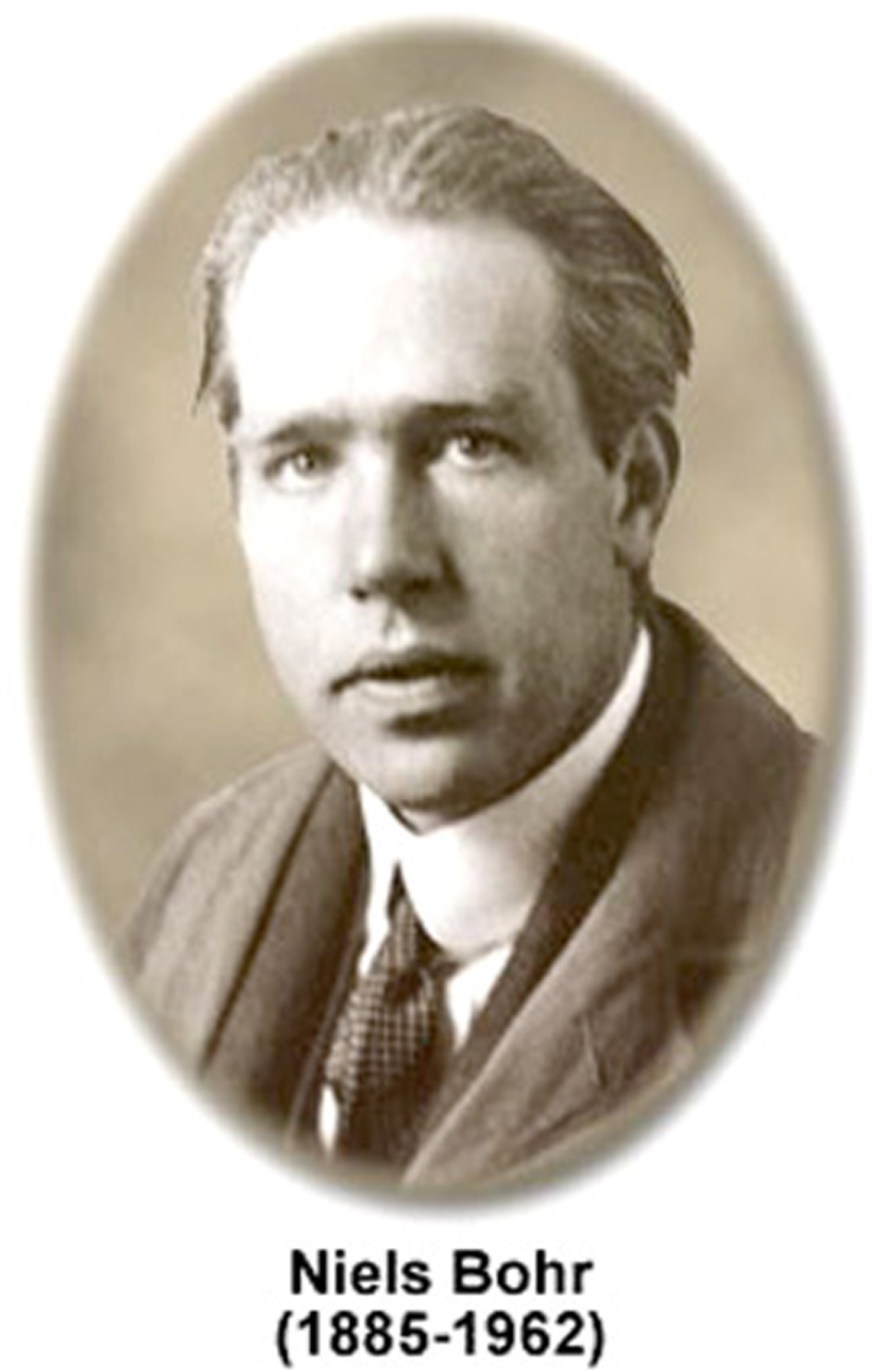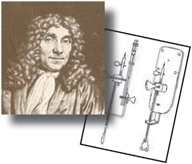
Niels Henrik David Bohr
(1885–1962)
Renowned physicist and Nobel Prize laureate Niels Henrik David Bohr was born on October 7, 1885, in Copenhagen, Denmark. His mother hailed from a wealthy Jewish banking family, and his father was a physiology professor at the University of Copenhagen. Bohr had two siblings, one of which, Harald Bohr, later became a distinguished mathematician.
During his childhood, Bohr was already demonstrating a penchant for understanding how things work, often fixing instruments, such as clocks, that needed repair. He excelled in his studies and graduated from high school in 1903. He was then accepted at the University of Copenhagen and there embarked on an impressive academic career in physics. Bohr's thesis concerning the determination of surface tension through vibrations of water jets garnered him a gold medal from the Royal Danish Academy of Science in 1907. After graduation that same year, he decided to stay on to pursue his master's degree, which he received in 1909, and his doctorate, awarded in 1911.
Bohr, primarily interested in electromagnetism and atomic theory, was awarded a travel grant by the Carlsberg Foundation in 1911. He planned to spend a year at the Cavendish Laboratory at Cambridge for research, but he only stayed for a brief period since the director at the time, J.J. Thomson, did not express interest in his ideas. Though discouraged by Thomson, Bohr caught the attention of another physicist, Ernest Rutherford, and traveled to Manchester in 1912 to participate in the construction of his nuclear model of the atom. There he began the work that would dominate his career but returned to Copenhagen that summer as scheduled, soon marrying Margrethe Norlund, with whom he would later have four sons.
Building on Rutherford's work, Bohr developed a new theory of the atom, which he completed in 1913. The work proposed that electrons travel only in certain orbits and that any atom could exist only in a discrete set of stable states. Bohr further held that the outer orbits, which could hold more electrons than the inner ones, determine the atom's chemical properties and conjectured that atoms emit light radiation when an electron jumps from an outer orbit to an inner one. Although Bohr's theory was initially viewed with skepticism, it earned him the Nobel Prize in physics in 1922 and was eventually expanded by other physicists into quantum mechanics.
Two principles were considered by Bohr to be essential in the understanding of the new physics developing in the twentieth century, and he wrote extensively on them in the 1920s and 1930s. The first was the principle of complementarity, which, in essence, states that there may be more than one accurate way to view natural phenomena. For example, light displays characteristics of both a particle and a wave, a seemingly simple idea that took physicists many years to agree on. Bohr argued that even if observations may appear to conflict, both viewpoints are needed to form a more complete understanding of an object or event. As he once explained, “The opposite of a correct statement is a false statement. But, the opposite of a profound truth may well be another profound truth.”
The second tenet espoused by Bohr was the correspondence principle, which he formed to help integrate classical and quantum physics. According to the principle, conclusions drawn from theoretical physics must correspond to the world on a macroscopic level, as described by the laws of classical physics.
Another significant contribution to the scientific world made by Bohr was the development of the Institute of Theoretical Physics at Copenhagen University, which quickly became a haven for great scientific minds and a center for atomic research. He acted as the institute's director from its opening in 1921 until his death in 1962. However, he was forced to flee Copenhagen for a time in 1943 when he and his family were endangered by the Nazis because of their Jewish heritage. Escaping by boat and then by plane, the Bohr family lived in England for a short period and then moved to the United States where Bohr, and his son Aage, became actively involved in the work at Los Alamos, New Mexico, on the Manhattan Project.
Despite his role in the development of atomic weapons, Bohr was a vocal proponent for world peace and international exchange. He contacted Franklin D. Roosevelt, Winston Churchill, and the United Nations in his efforts to promote cooperation and control of weapons of mass destruction. He returned to Denmark after the war, but his interest in world affairs continued. Among his numerous other awards, Bohr was bestowed with the United States Atoms for Peace Award in 1957.





